Reportar esta entrada
Más sobre la misma comunidad-colección
Magoffin Home : Texas Historical Commission
The Magoffin Home, a Texas Historical Commission property, is ...
Magoffin Home : Texas Historical Commission
The Magoffin Home, a Texas Historical Commission property, is ...
Octavia Magoffin - El Paso, Texas
When Joseph and Octavia Magoffin moved into their new home in ...
Mariachis en el patio de Magoffin - El Paso, Tejas
An event being held at the Magoffin Home courtyard in the 1930s.
Vikki Carr en 2009, El Paso, Texas
The singer and actress Vikki Carr, who is actually born in El ...
Vikki Carr en 2009, El Paso, Texas
Vikki Carr is holding a speech in 2009 after she was give the ...
Vikki Carr en 2009, El Paso, Texas
The picture shows the actress and singer Vikki Carr after the ...
Porristas durante Sun Bowl Parade 2008
The picture shows cheerleaders during the Sun Bowl Parade in ...
"Sports Commission Express" durante Sun Bowl Parade 2008
The funky "Sports Commission Express" passes by during ...
"Ski Apache" durante Sun Bowl Parade 2008
A balloon in form of a green skier was part of the Sun Bowl ...
Locomotera durante Sun Bowl Parade 2008
A huge locomotive representing Western Refining made its way ...

















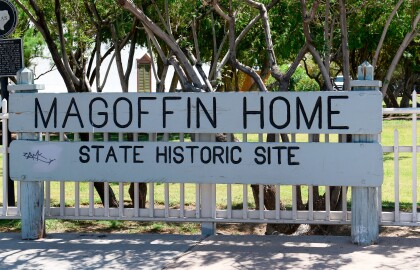
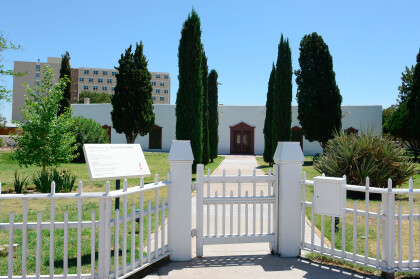
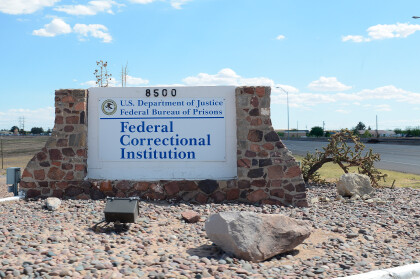
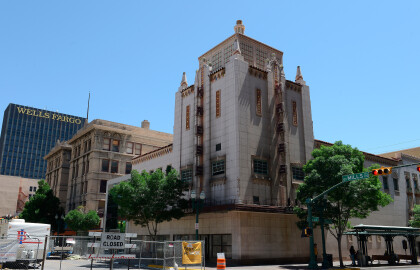
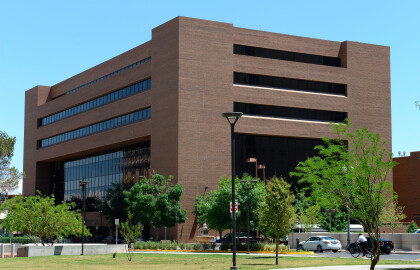
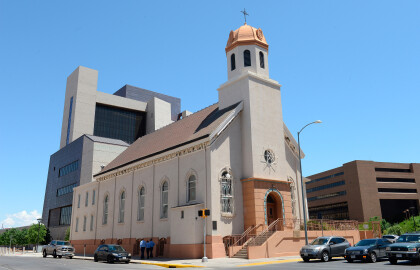
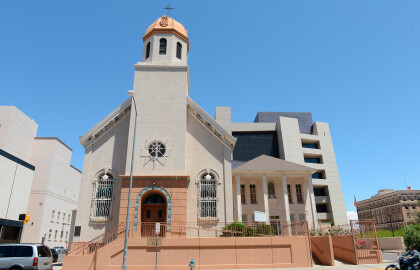
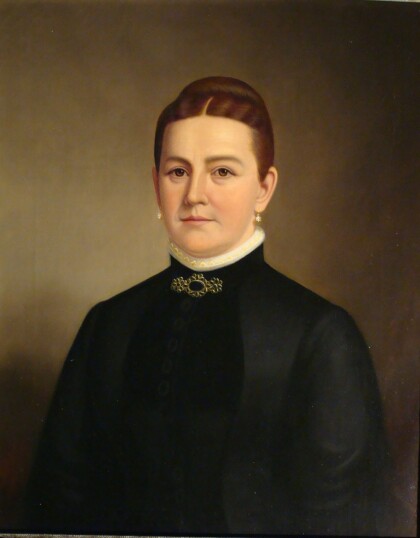
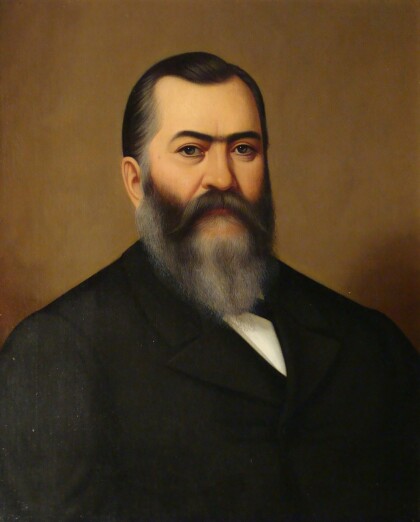
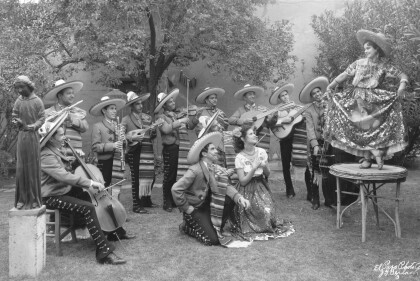
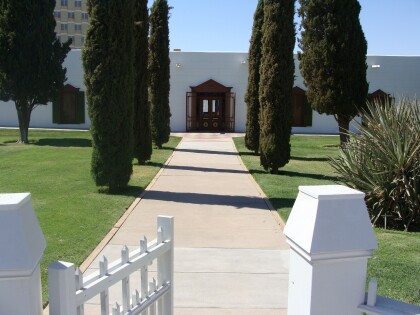
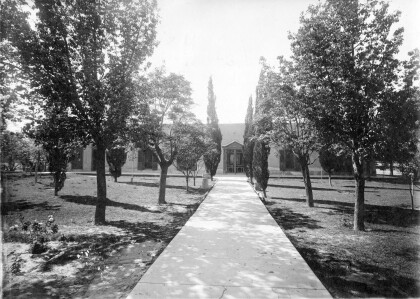
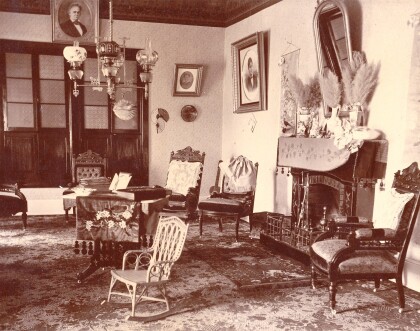
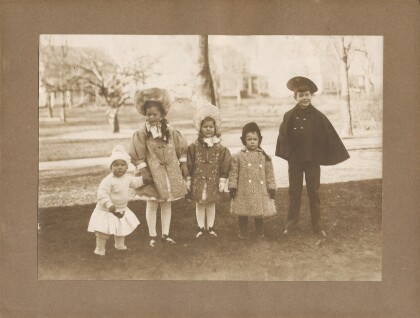
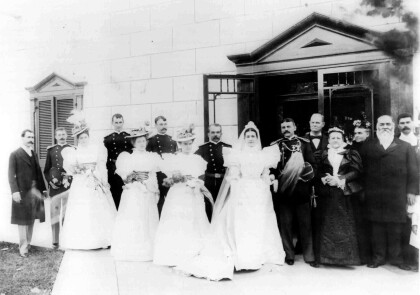

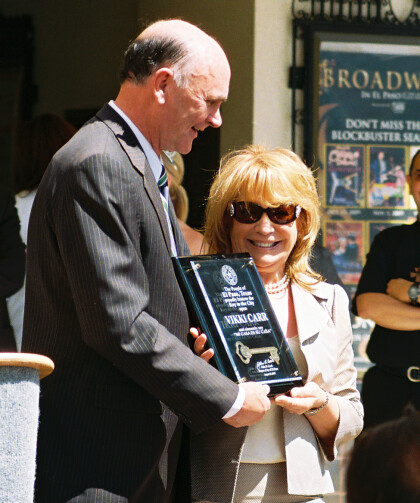

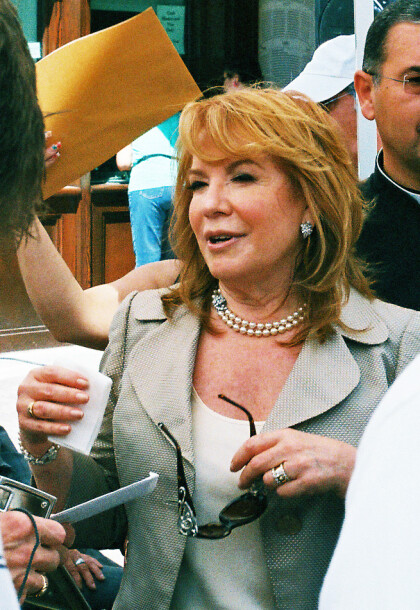
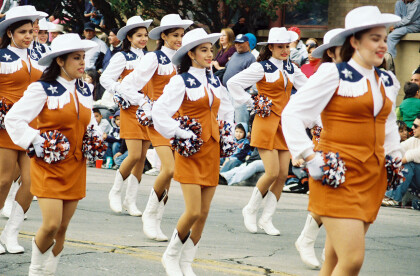
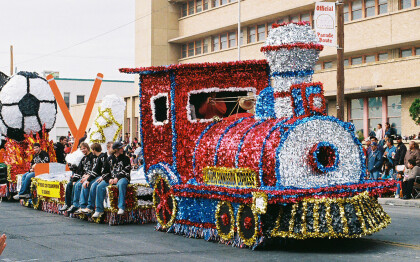
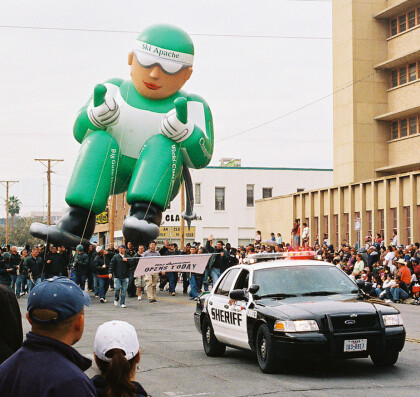
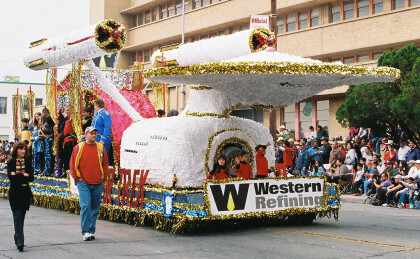
Comentarios
Hacer un comentario